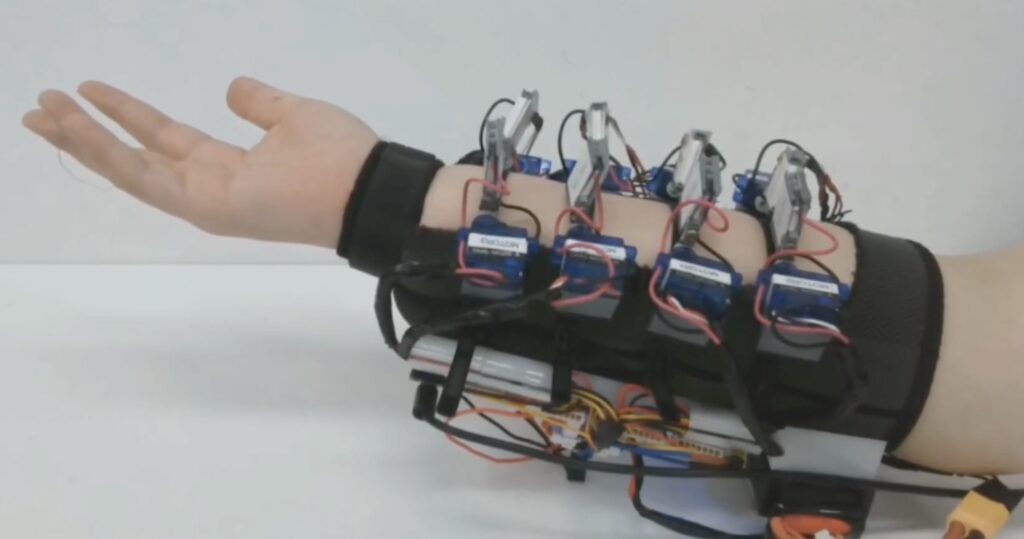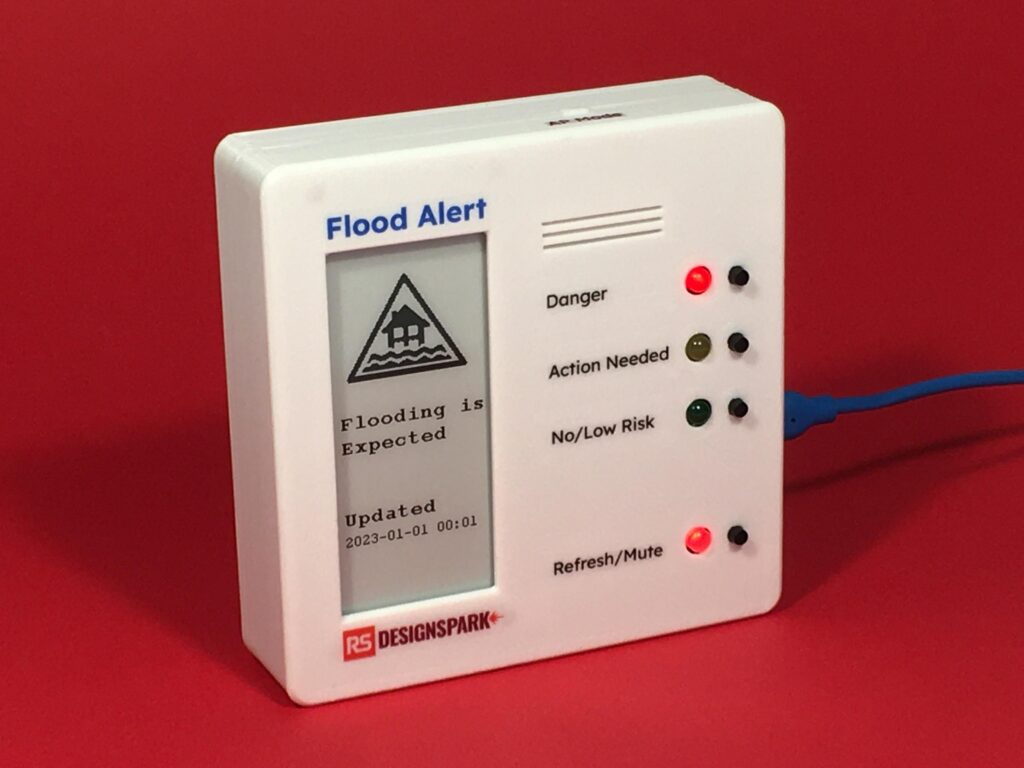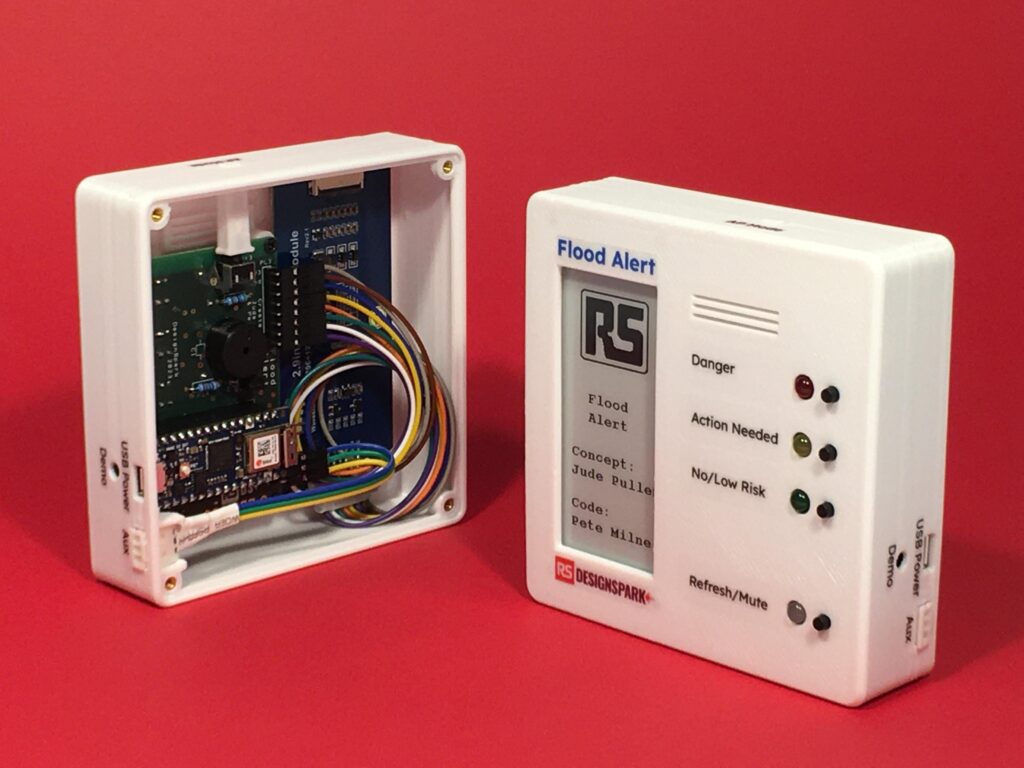This Flip-Pelt wearable concept enables ultra-fast thermal feedback in VR

Wouldn’t it be great if, while playing a virtual reality game, you could feel the heat of a fire on your arm? Or the cold of chilly water? Engineers around the world have been trying to make that happen, but there is a big problem: temperature changes are slow. The immersive effect diminishes when the thermal feedback lags behind the virtual cause. That’s why a team from South Korea’s Gwangju Institute of Science and Technology turned to motors to dramatically speed up the process.
The Flip-Pelt wearable device relies on Peltier elements to create heating and cooling effects, which is a common strategy for thermal feedback. Peltier elements use electricity to produce thermal transfer, heating one side of the element while simultaneously cooling the other side. By placing a Peltier element against the skin, it is possible to create a cooling or heating sensation on demand.
But it takes a long time to reverse the thermal transfer — changing a side of the Peltier element from hot to cold is too slow to be useful for VR thermal feedback. So, the Flip-Pelt prototype doesn’t even bother. Instead, it keeps the Peltier elements going in just one direction and physically swaps the side of the elements that touch the user’s skin.
The prototype Flip-Pelt device contains eight Peltier elements arranged in two rows along the inside of the user’s forearm. Eight servo motors, controlled by an Arduino Nano 33 IoT board, can flip the elements from the cool side to the hot side in response to events in the VR world. The Arduino also controls the Peltier elements themselves through H-bridges, so it can adjust the power going to each.
While this is relatively complex, it does create almost instant changes in perceived temperature.
You can read more about the project in the team’s published paper here.
The post This Flip-Pelt wearable concept enables ultra-fast thermal feedback in VR appeared first on Arduino Blog.

